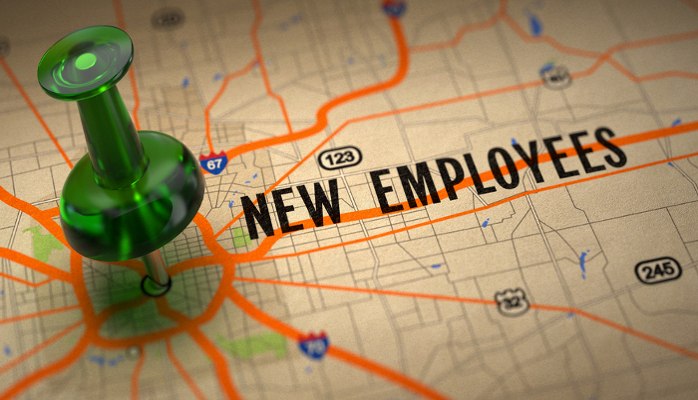Achievement, improvement, prosperity – these are all things we’ll strive to achieve in 2015. If last year was a good one for your company, this year is going to be even better, right? But if you haven’t considered it already, where exactly will you start to increase performance and nurture talent and leadership development across your organization?
Well, why not focus on developing new employees? Through a good onboarding strategy, make your new hires a key component of your plan to reach new levels of accomplishment.
5 Tips to Develop a Killer Onboarding Strategy
- Formulate a plan first
It may be a bit of a cliché by now, but it’s still true – planning is everything! Whether you already have an onboarding strategy in place or you’re implementing one for the first time, make sure you adopt a well-thought and formalized plan. This will involve establishing what elements your onboarding program will contain, e.g., the length of the onboarding process, initial information on the company background you provide new hires with, and access to training materials before their first day, to bring them up to speed.
- Clearly establish goals
One common mistake many organizations make is that they fail to establish what the overall objectives of their onboarding strategy are. Yes, the expectation is that new hires are fully trained and understand how to do their job, but if targets and performance objectives are not clearly defined, how will you really know how well your onboarding strategy has worked?
Like every business process, onboarding must track onboarding success. The performance of new hires in their job as well as the cost-saving, reduced training time, ROI, and improved employee retention rate are examples of goals that should be characteristic of best-in-class onboarding strategies.
- Personalization of the new hire experience
Essential to the success of onboarding is ensuring the process is very relevant to the job of new hires. Although they will want to know as much as they can about the company, its culture, etc., ultimately, new employees will want to focus most on information that’s specific to their roles.
Wherever possible, make the content of your new hire program specific to the roles of the employees you are onboarding, whether it be recruitment, orientation, or training.
Personalizing the experience is important in that it makes new hires feel that bit more welcome – if the information has been tailored to them and their needs specifically, they are more likely to feel as though they belong from the outset, that the company they’ve joined appreciates new talent, and that they’ve made the right choice in accepting the job.
- Make formal training a core element
Industry research tells us that 25% of company onboarding programs do not contain any form of training. This is quite a startling revelation as many new employees may not have had any prior experience or training of any kind for the role they are employed to do.
Formal training is an integral part of onboarding for several reasons. In addition to ensuring employees understand and are fully capable of executing their jobs effectively, it gives confidence, it motivates, and in many cases it enables them (and you) to find out where their key strengths lie. All of this sets scene for employees as they start a new job and is likely to have a strong bearing on how quickly they adapt and perform as well as their level of happiness in the job and how long they last with the company.
Engaging employees with the right type of training is also essential. Interactive Services works with global organizations to develop new hire training solutions. ELearning, mobile learning, classroom training, and blended learning are all very viable options.
- Follow-up and new hire support are essential
One thing that organizations sometimes overlook is that onboarding should not end when the employee’s initial training ends and they start their job.
Follow-up in the form of assessment as well as evaluation and measurement of performance for a specific period once new hires begin their job are characteristic of a good onboarding, particularly in high-skilled jobs. Of course performance evaluation is ongoing, but measuring how quickly a new hire starts to perform after their training is important as it can provide key information about how well your onboarding strategy is working.
Furthermore, implementing a support framework for new hires to provide them with any assistance they might need in their jobs, particularly in those early stages, is critical.
The tips discussed here should be part of the foundation of any onboarding strategy. Creating a formalized onboarding program that aligns with your overall business, gives new hires confidence and motivation, develops loyalty, and connects people to their specific jobs will set the scene for lasting success.
Does your organization have an onboarding strategy? How well has it worked for you?
We’d love to hear your story. Leave a comment or reach out to us directly: contact@interactiveservices.com.
